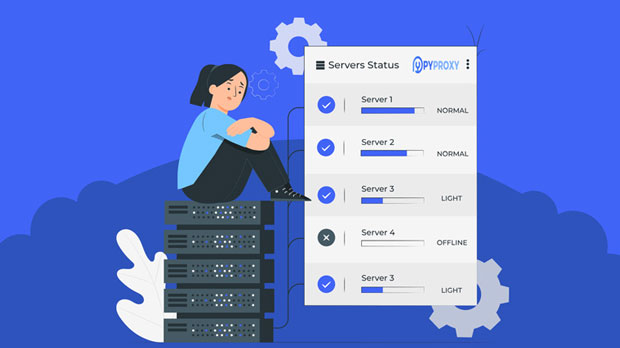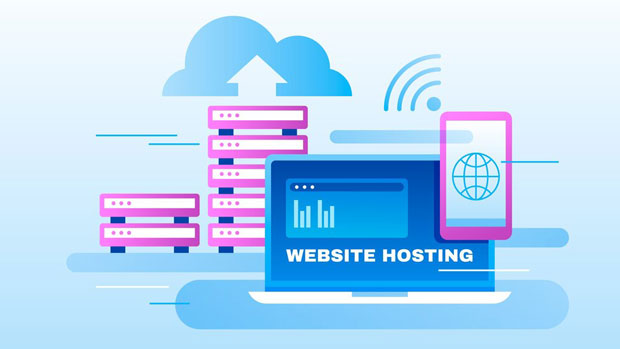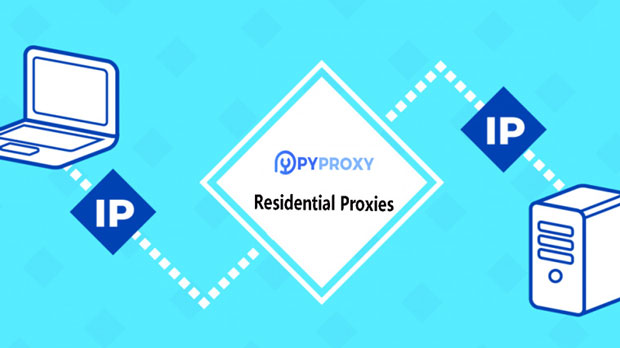Dynamic proxy switching plays a critical role in improving the efficiency of web scraping, especially when using tools like PYPROXY or Situs Proxy. These proxies allow businesses and developers to extract data from the web in a way that mimics human browsing behavior, avoiding detection and blocking by target websites. By rotating proxies at regular intervals, users can bypass IP-based restrictions, reduce the risk of bans, and ensure a more efficient data collection process. This article will explore the significance of dynamic proxy switching, its effects on scraping efficiency, and how it optimizes performance for large-scale data collection. Understanding Dynamic Proxy SwitchingDynamic proxy switching is a process where the IP address used to make requests is regularly changed during web scraping. This technique is essential when scraping large volumes of data from websites that implement anti-scraping measures, such as rate limiting, CAPTCHA challenges, or IP blocking. By switching proxies dynamically, users can disguise their scraping activity, reducing the chances of detection and increasing the overall efficiency of the scraping process.The Role of Proxies in Web ScrapingBefore diving into the specifics of dynamic proxy switching, it's essential to understand the role of proxies in web scraping. A proxy server acts as an intermediary between the user and the target website, routing requests through different IP addresses to conceal the user's real identity. When scraping websites without proxies, multiple requests from the same IP address can easily trigger anti-scraping measures, resulting in temporary or permanent bans. Proxies mitigate this issue by distributing requests across a pool of IP addresses, ensuring that the scraper’s activities appear as though they are coming from different users or locations.Challenges of static proxiesStatic proxies, where the same IP is used for all requests, can be effective for scraping websites with minimal anti-scraping defenses. However, as websites increasingly implement measures to detect and block scraping activities, static proxies become less reliable. These measures include monitoring for high request frequencies, detecting patterns of automated behavior, and blacklisting IPs after a certain number of requests are made. As a result, static proxies often lead to frequent interruptions, slower data collection rates, and higher failure rates in scraping tasks.How Dynamic Proxy Switching Enhances Scraping EfficiencyDynamic proxy switching offers several advantages over static proxies, particularly when it comes to maintaining the speed and reliability of web scraping. Here are a few key ways in which dynamic proxy switching enhances scraping efficiency:1. Prevents IP Bans By regularly rotating proxies, scraping activities are spread across different IP addresses, reducing the likelihood of an IP being blocked. When an IP address makes too many requests within a short time, the target website may flag it as suspicious or malicious. However, dynamic proxy switching ensures that each request comes from a new IP, making it difficult for the website to detect the scraping activity and enforce bans.2. Increases Request Frequency Dynamic proxy switching enables users to increase the frequency of their requests without triggering rate-limiting mechanisms. Websites often limit the number of requests from a single IP address within a specific time frame to avoid overloads and prevent scraping. By rotating proxies, users can bypass these rate limits and send more requests in a shorter time, thus accelerating the data collection process.3. Improves Success Rate Scraping with dynamic proxies significantly improves the success rate of data extraction. When proxies are rotated frequently, even if one proxy is temporarily blocked, the scraper can quickly switch to another proxy and continue the task without significant interruptions. This makes the entire scraping operation more resilient to failures and disruptions.4. Bypasses Geo-Restrictions Many websites display different content based on the geographical location of the user. By using dynamic proxies from different regions, web scrapers can access region-specific data, bypass geo-restrictions, and retrieve more comprehensive datasets. This is particularly valuable for businesses that need to collect global data or monitor competitors across different markets.The Impact of Dynamic Proxy Switching on Scraping PerformanceThe impact of dynamic proxy switching on scraping performance can be evaluated from several perspectives: speed, reliability, scalability, and cost-effectiveness. Let’s break down each of these factors:1. Speed Dynamic proxy switching significantly boosts the speed of scraping operations. With the ability to send requests from multiple IP addresses in parallel, the total time required to collect a dataset is reduced. Furthermore, switching proxies helps avoid delays caused by rate limits or CAPTCHA challenges, resulting in faster data extraction.2. Reliability The reliability of a web scraper is greatly improved when dynamic proxy switching is implemented. Continuous proxy rotation prevents any single proxy from being overwhelmed with too many requests, which could lead to timeouts, blocks, or errors. Additionally, dynamic proxy switching helps ensure that even if one proxy is blocked, the scraper can continue operating without major interruptions.3. Scalability For large-scale web scraping projects, scalability is crucial. As the volume of data increases, so does the demand for IP addresses that can handle the traffic. Dynamic proxy switching allows scraping operations to scale effectively by distributing requests across a wide pool of proxies. This ensures that the system can handle increased loads without sacrificing performance.4. Cost-Effectiveness While dynamic proxy services may incur additional costs, they can offer a higher return on investment by increasing scraping efficiency and reducing downtime. With proxies constantly switching, users can avoid the costs associated with blocked IPs, slow data collection, and the need to set up additional proxies due to bans or failures. In the long run, dynamic proxy switching can lead to significant savings and improved profitability.Best Practices for Implementing Dynamic Proxy SwitchingTo fully leverage the benefits of dynamic proxy switching, it’s essential to follow best practices that ensure optimal performance. Here are some tips for implementing this strategy effectively:1. Rotate Proxies at Optimal Intervals The key to successful dynamic proxy switching is finding the right balance in proxy rotation intervals. If proxies are rotated too frequently, it can lead to unnecessary overhead, while rotating them too infrequently may result in detection. A well-tuned proxy rotation schedule based on the target website’s anti-scraping measures can yield the best results.2. Use a Large Pool of Proxies Having access to a diverse pool of proxies can improve the success rate of web scraping. A larger pool of proxies ensures that users can avoid overloading a single IP address, which could lead to bans or slower performance. Consider using residential proxies or a mix of datacenter and residential proxies to maximize efficiency.3. Monitor and Adjust Scraping Strategies Continuous monitoring of scraping performance is essential to optimize the use of dynamic proxies. By analyzing factors like request success rates, response times, and IP block rates, users can fine-tune their scraping strategies and adjust proxy rotation parameters as needed.Dynamic proxy switching is a powerful tool that enhances the efficiency of web scraping by mitigating the risks associated with IP bans, rate limits, and geo-restrictions. By rotating proxies at regular intervals, web scrapers can increase their success rate, speed, and scalability while ensuring reliable data extraction across multiple regions. Implementing dynamic proxy switching requires a strategic approach, including optimal proxy rotation intervals, a diverse pool of proxies, and continuous monitoring to ensure the most efficient scraping process. For businesses that rely on web scraping for data collection, using dynamic proxies can provide a significant competitive advantage in terms of both performance and cost-effectiveness.
Sep 15, 2025


































































